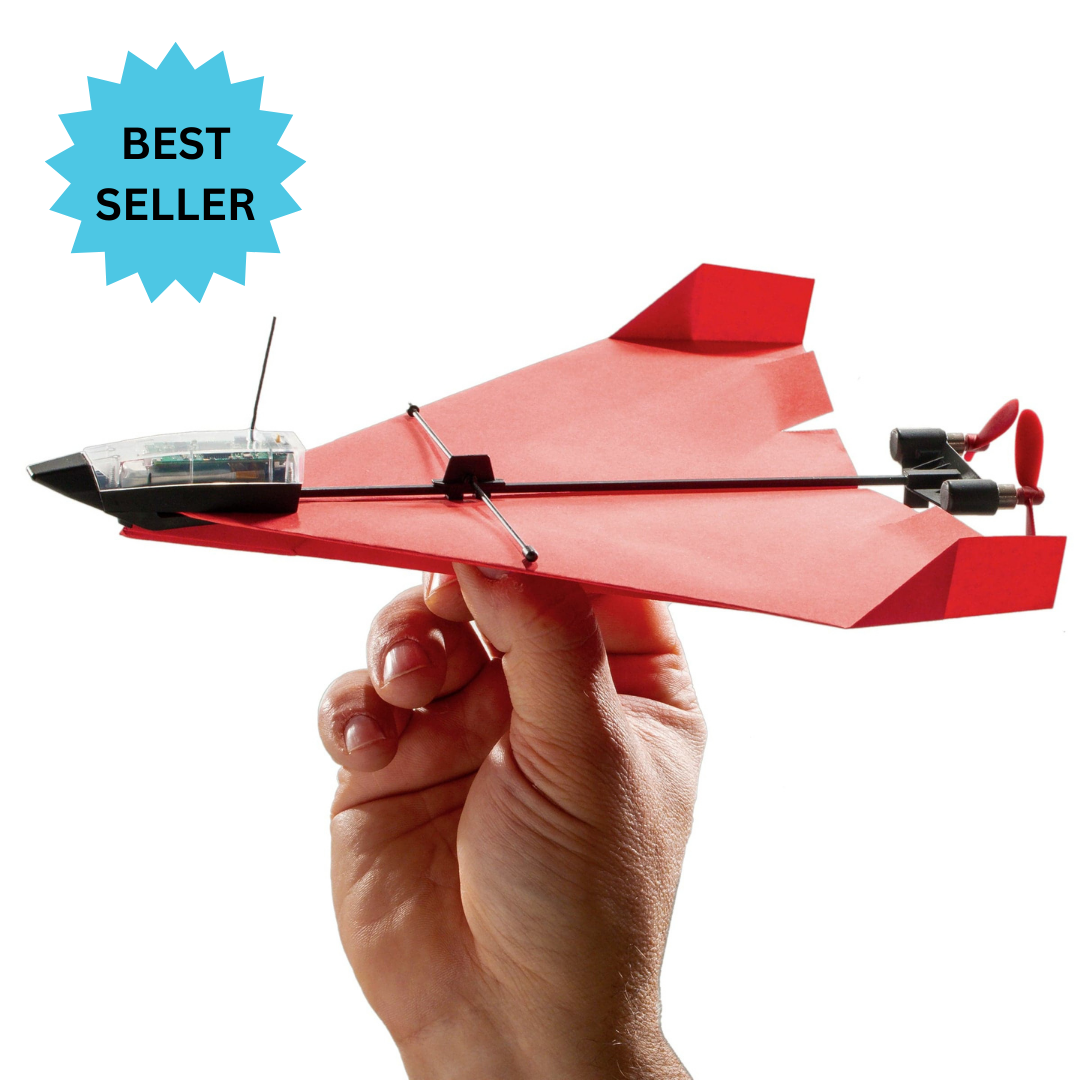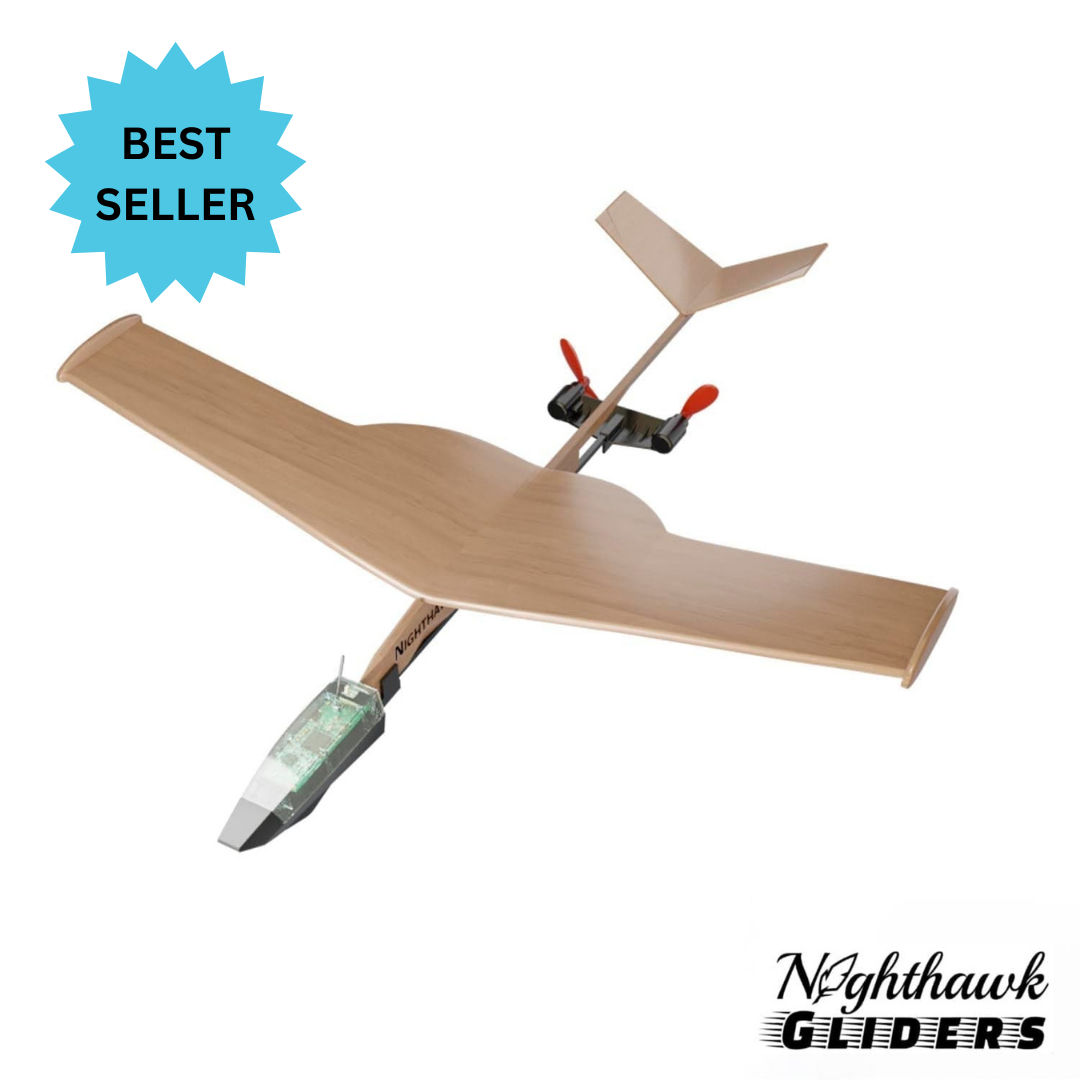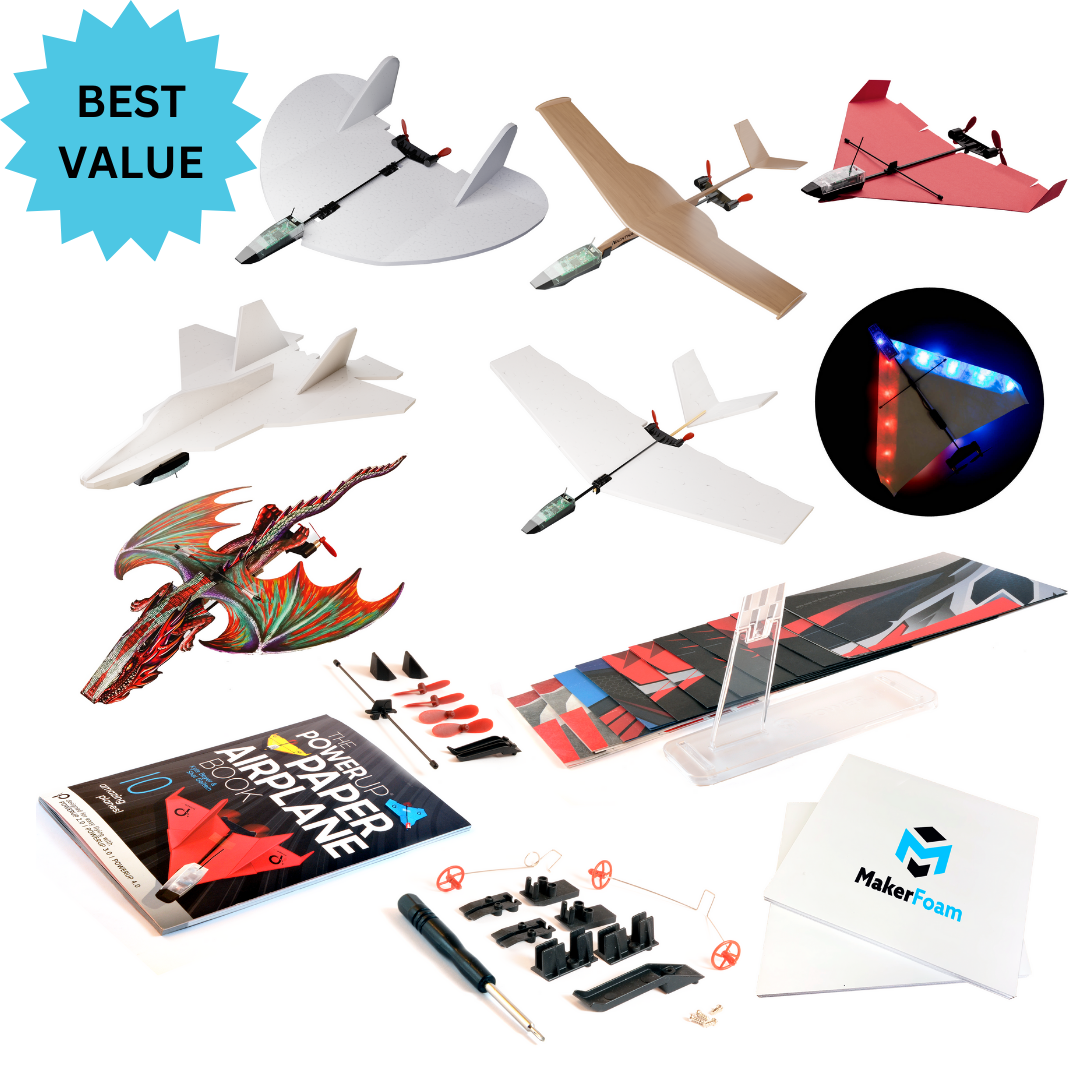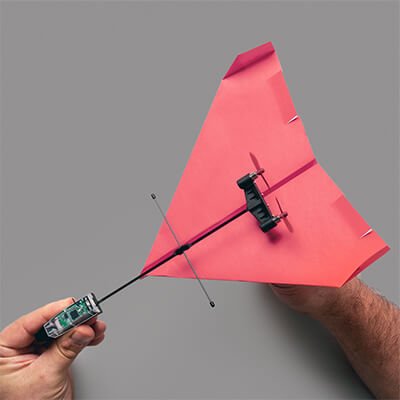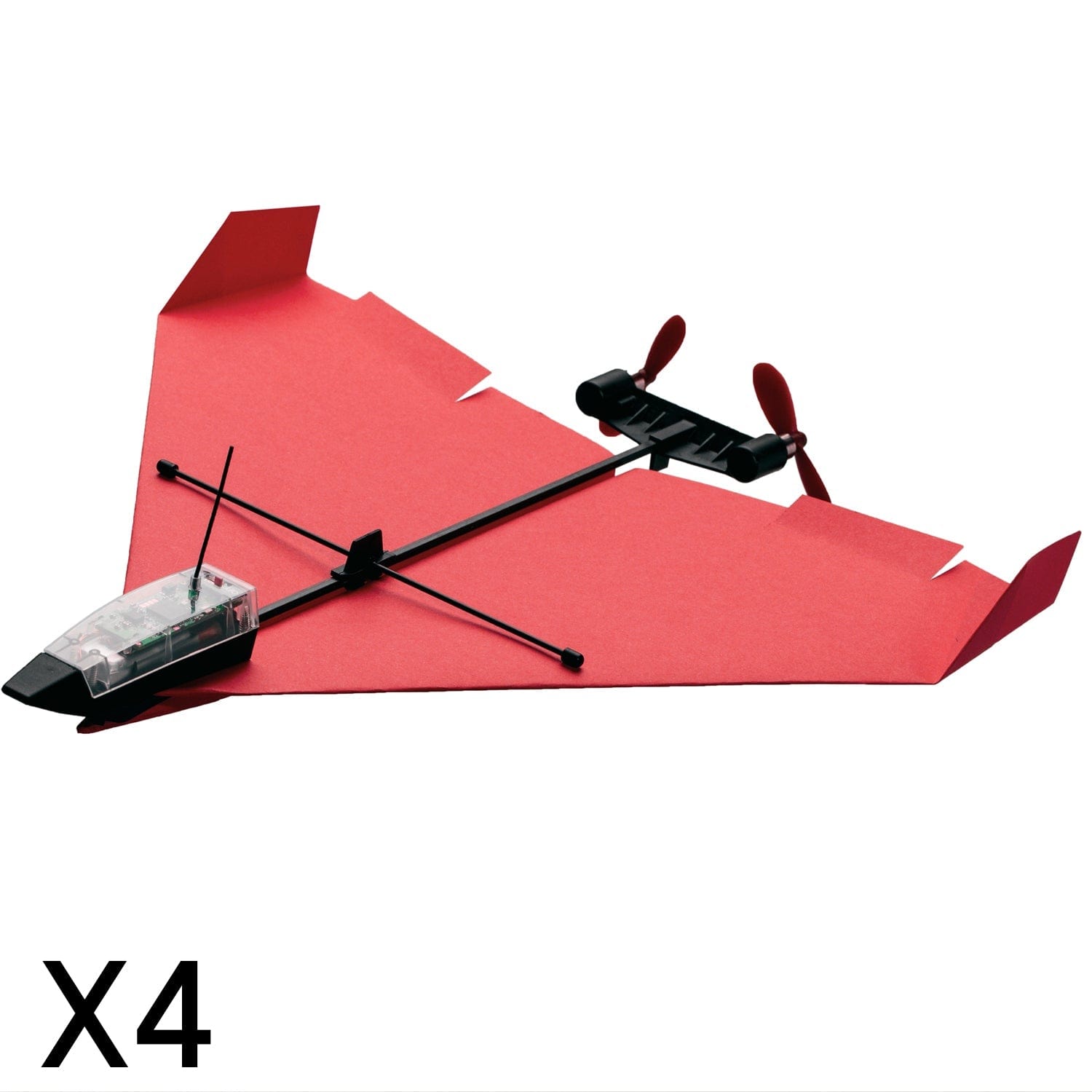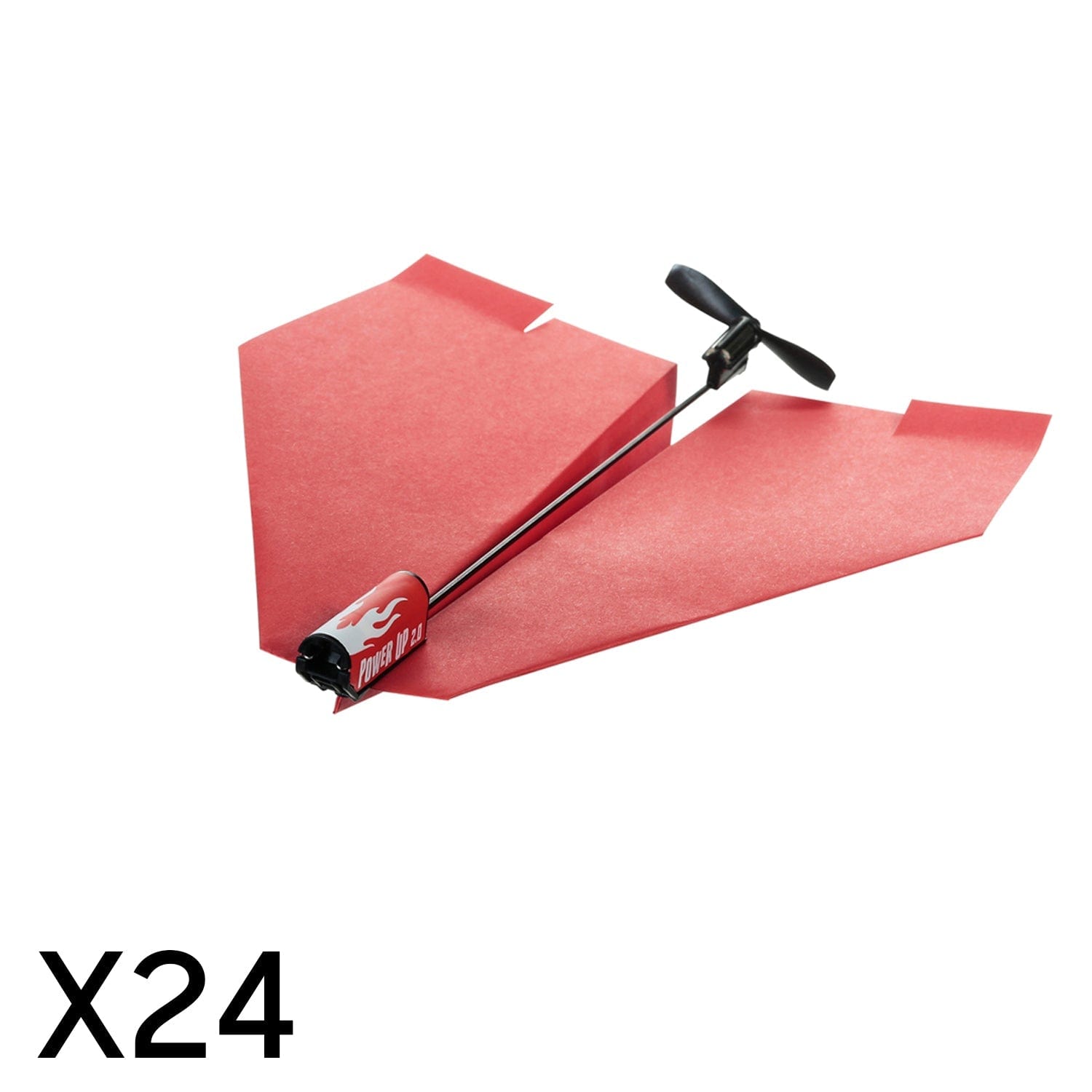FREE SHIPPING WW ON ORDERS OVER $99 USD
FREE SHIPPING WW ON ORDERS OVER $99 USD
PLANES
BUNDLES
ACCESSORIES
EDUCATORS
A quick history of the paper airplane
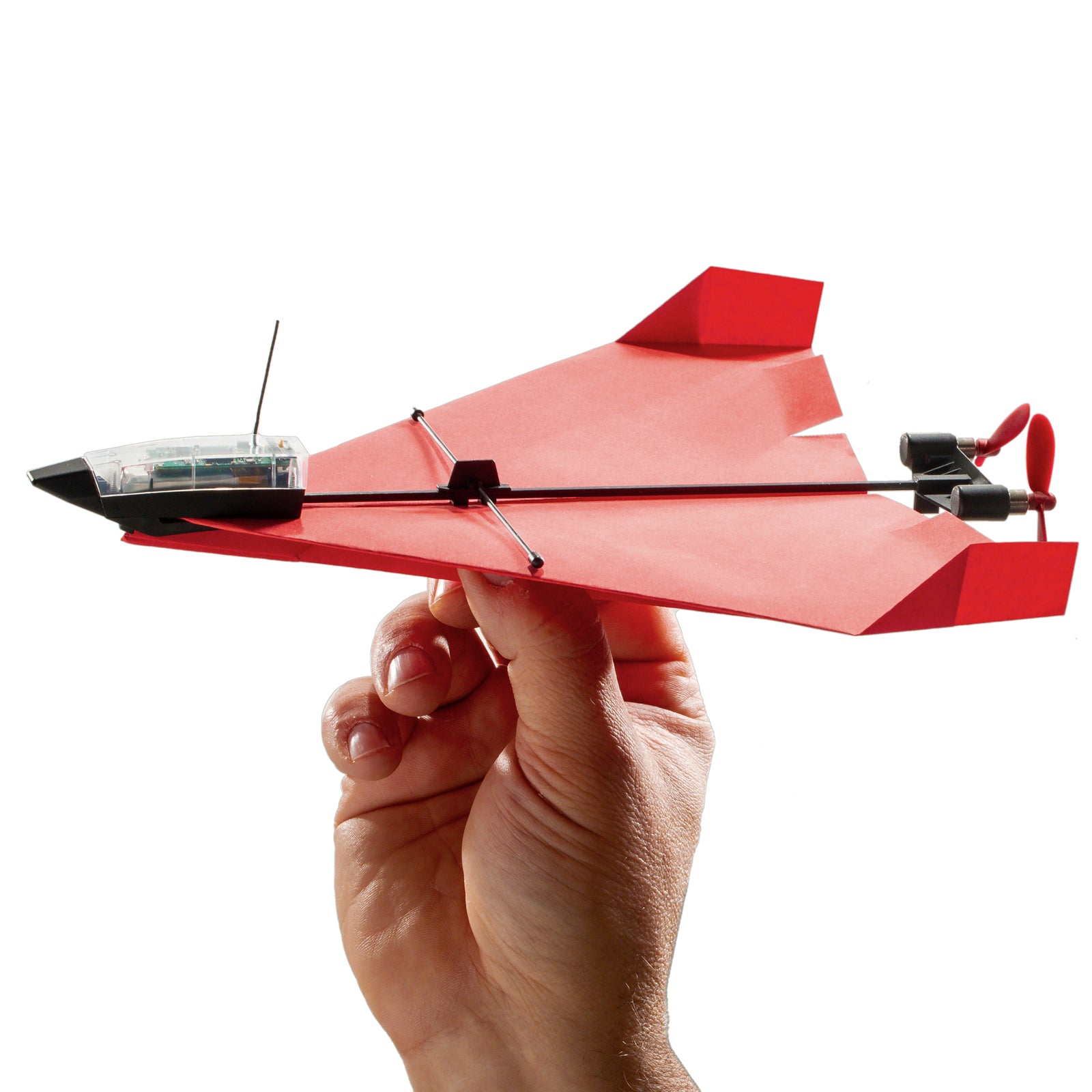
The Fascinating History of the Paper Airplane
The paper airplane—a simple yet captivating creation—has intrigued and entertained people for generations. From classrooms and boardrooms to the most elaborate aerodynamic experiments, paper airplanes have a rich history that spans across cultures and centuries. In this blog, we'll take a journey through time to explore the origins, evolution, and enduring appeal of paper airplanes.
Ancient Beginnings
1. Early Concepts of Flight
The idea of flight has fascinated humanity for millennia, and while the paper airplane itself may not be ancient, its conceptual roots can be traced back to early attempts at flight. Historical records suggest that the principles behind paper airplanes were explored as far back as ancient China. There, scholars and inventors were experimenting with lightweight materials and aerodynamic shapes.
2. The Chinese Connection
One of the earliest known references to paper airplanes comes from ancient China. The Chinese are credited with developing some of the earliest paper-folding techniques. Although these early paper constructions were not exactly the modern paper airplane, they laid the groundwork for understanding how paper could be shaped and manipulated for flight. In the 5th century AD, the Chinese scholar and inventor Lu Ban is said to have used paper in his designs for various contraptions, potentially including early flying devices.
The Evolution of the Paper Airplane
3. The Renaissance and Beyond
The Renaissance period saw a renewed interest in flight and aerodynamics, with figures like Leonardo da Vinci sketching out early designs for flying machines. While da Vinci’s designs were more focused on gliders and other larger machines, his work contributed to a broader understanding of flight mechanics. During this time, the idea of manipulating paper for aerodynamic purposes likely gained more attention, although detailed historical records on paper airplanes are sparse.
4. The 19th Century and Early 20th Century
By the 19th century, the concept of paper folding and its application to flight began to gain more recognition. The term "paper airplane" itself wasn’t commonly used, but the practice of folding paper to create small, gliding models became more popular. The early 20th century saw the rise of aviation pioneers such as the Wright brothers, whose breakthroughs in flight technology further fueled public interest in aerodynamics. This period marked a significant increase in the experimentation with paper airplanes as a means of understanding flight principles.
The Modern Era
5. The Paper Airplane Craze
The mid-20th century brought about a surge in interest and experimentation with paper airplanes, largely driven by the cultural fascination with aviation and space exploration. In the 1930s and 1940s, paper airplanes became a popular pastime, especially among children. During this era, the design and construction of paper airplanes were often included in educational activities and science projects.
6. The Age of Innovation
In the 1980s and 1990s, paper airplanes reached new heights with the advent of more structured design approaches and competitions. Books, magazines, and educational programs began to explore the science behind paper airplanes more rigorously, leading to a deeper understanding of aerodynamics and engineering principles. Competitions and world records for the longest flight distance and time aloft further popularized the hobby.
7. The Digital Era and Beyond
In the 21st century, the digital age has transformed the way we interact with paper airplanes. Online tutorials, design software, and digital simulations have made it easier for enthusiasts to experiment with and perfect their paper airplane designs. The rise of social media has also played a role in spreading the popularity of paper airplanes, with enthusiasts sharing their creations and participating in global challenges.
Cultural Impact and Educational Value
8. A Timeless Educational Tool
Paper airplanes have always been more than just a playful activity; they serve as valuable educational tools. They provide a hands-on way to teach principles of physics, engineering, and aerodynamics. Educators use paper airplanes to illustrate concepts such as thrust, drag, lift, and gravity in a simple and engaging manner.
9. A Symbol of Creativity
Beyond their educational value, paper airplanes represent creativity and innovation. They embody the idea that even the simplest materials can lead to fascinating results when combined with imagination and ingenuity. The versatility of paper airplanes allows people of all ages to experiment, create, and learn.
Conclusion
The history of the paper airplane is a testament to humanity's enduring fascination with flight and innovation. From ancient Chinese scholars to modern-day enthusiasts, the evolution of paper airplanes reflects a continuous quest to understand the principles of aerodynamics and explore the possibilities of flight. Whether used as a teaching tool, a hobby, or a symbol of creativity, paper airplanes continue to captivate and inspire people around the world. As we fold and launch our paper creations, we connect with a rich tradition of exploration and discovery that spans centuries.
Recent Articles
- The World’s Longest Paper Airplane Flight: How to Break a Record
- Why Paper Airplanes Make the Perfect Christmas Gift
- POWERUP 2024 Halloween Contest
- POWERUP Instagram Follower 10K Giveaway!
- A quick history of the paper airplane
- POWERUP School's Out Challenge
- Soar High with Mom: Why POWERUP Is the Perfect Mother's Day Activity
- POWERUP WINTER CONTEST: Most Creative Design
- Easter Joy with POWERUP 4.0: The Ultimate Gift for the Season
- Introducing the PowerUp F22 Raptor® RC Airplane


